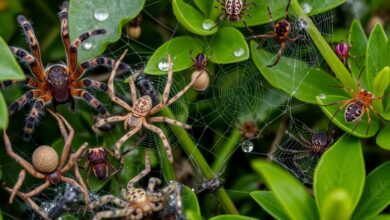The Amazing Nephila Spider’s World
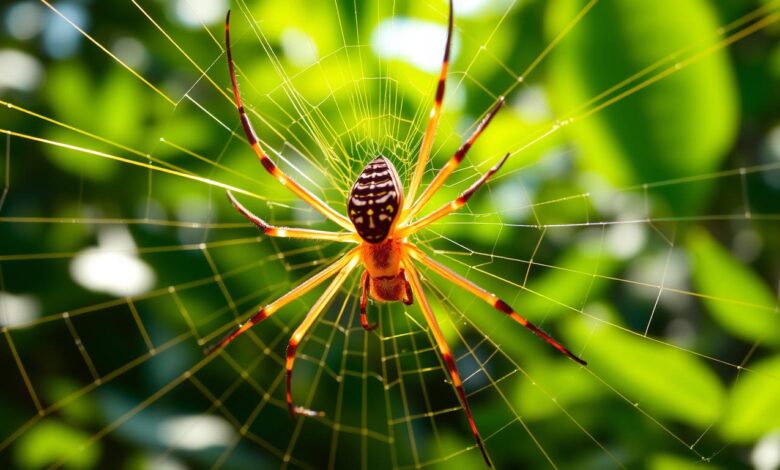
Get ready to explore the incredible world of Nephila spiders, also known as golden orb-weavers. These amazing creatures live in tropical and subtropical areas around the globe. They are famous for their large size, beautiful golden webs, and interesting behaviors.
As we dive into their world, you’ll learn about their unique features. You’ll see how they build their webs and how they hunt for food. Discover what makes Nephila spiders so special.
Introduction to the Nephila Spider
The Nephila spiders are fascinating creatures in the Nephilidae family. They are also known as the golden orb-weaver, banana spider, and giant wood spider. These spiders are big, with females reaching over 3 inches long. They are famous for their golden-colored webs.
Common Names and Classification
Nephila spiders belong to the Nephilidae family. This group includes large, orb-weaving spiders found in tropical and subtropical areas around the world. They are called the golden orb-weaver because of their bright webs. They are also known as the banana spider and giant wood spider.
Distinctive Features and Appearance
Nephila spiders are known for their size, with females being much bigger than males. This difference in size is a key feature of the Nephilidae family. Females can grow up to 3 inches long, while males are less than an inch. Their bodies are a vibrant golden-yellow, matching the color of their webs.
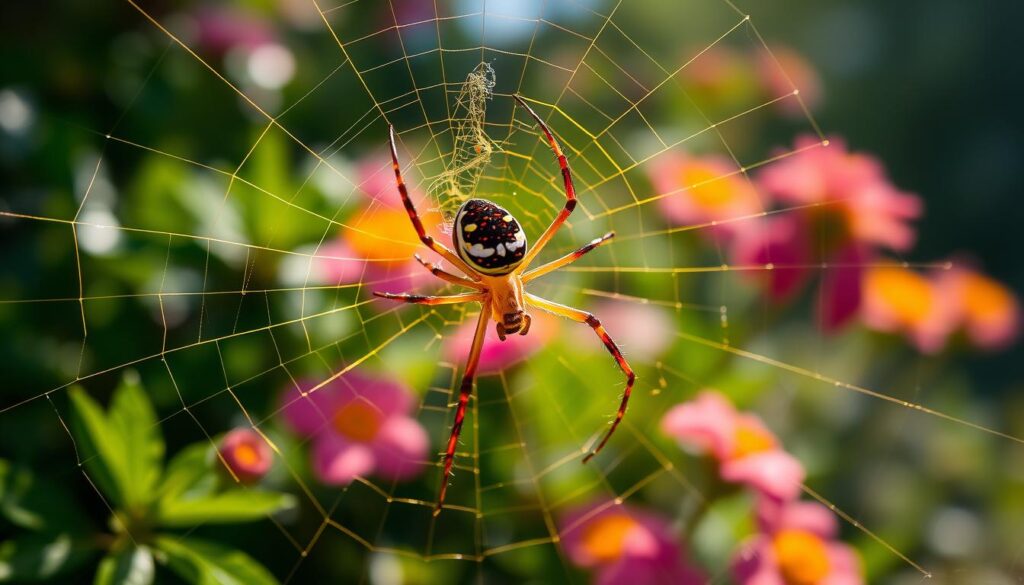
The Nephila spider’s unique look and size make them interesting to study. As part of the Nephilidae family, they amaze and inspire many people who see them.
nephila spider: The Golden Silk Weavers
The Nephila spider, also known as the golden silk orb-weaver, is famous for its golden silk. These spiders build huge, orb-shaped webs that can be several feet wide. Their webs are among the biggest in the spider world, showing their amazing engineering skills.
The golden color of their silk comes from carotenoid pigments in their diet. This color makes their webs beautiful and also helps them catch prey. The golden silk reflects light, dazzling insects and making it easier for the Nephila to catch them.
| Nephila Spider Fact | Statistic |
|---|---|
| Size of Orb-Shaped Webs | Several feet in diameter |
| Carotenoid Pigments in Silk | Responsible for the golden hue |
| Silk Reflectivity | Helps dazzle and catch prey |
The Nephila spider’s web-making is a natural wonder. It shows how these spiders have adapted to thrive. Their webs are not just impressive but also key to their survival and hunting.
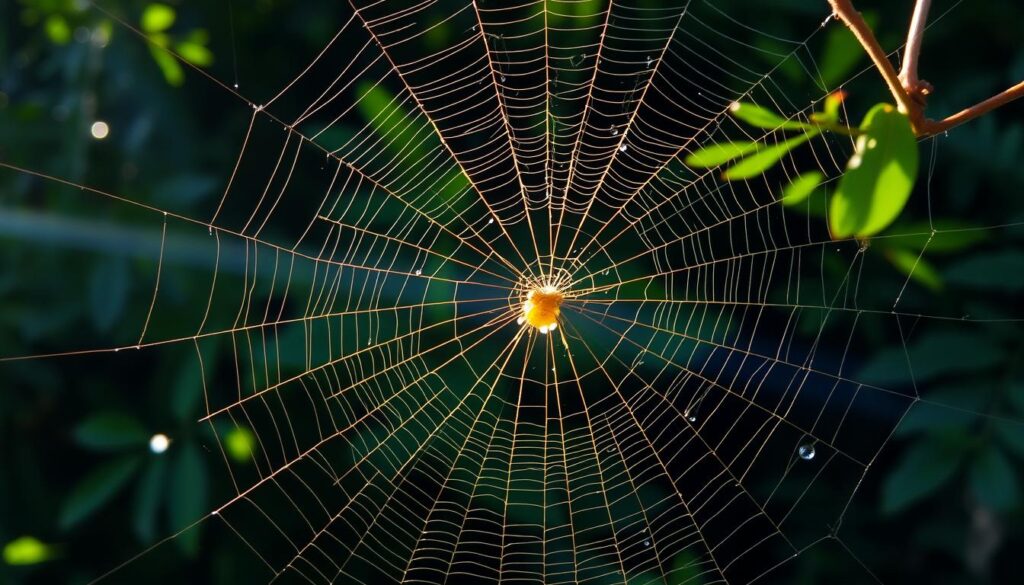
Exploring Their Incredible Web Construction
The Nephila spider is a true marvel in web construction. These golden silk weavers use complex techniques to make their impressive traps. Let’s explore the amazing web design of the Nephila spider.
Techniques and Structural Marvels
Nephila spiders mix different silk types for their webs. They build a strong base with dry radial threads. Then, they add sticky capture spirals to catch prey.
This mix of silk makes the web strong and flexible. The Nephila spider‘s web is a marvel of engineering.
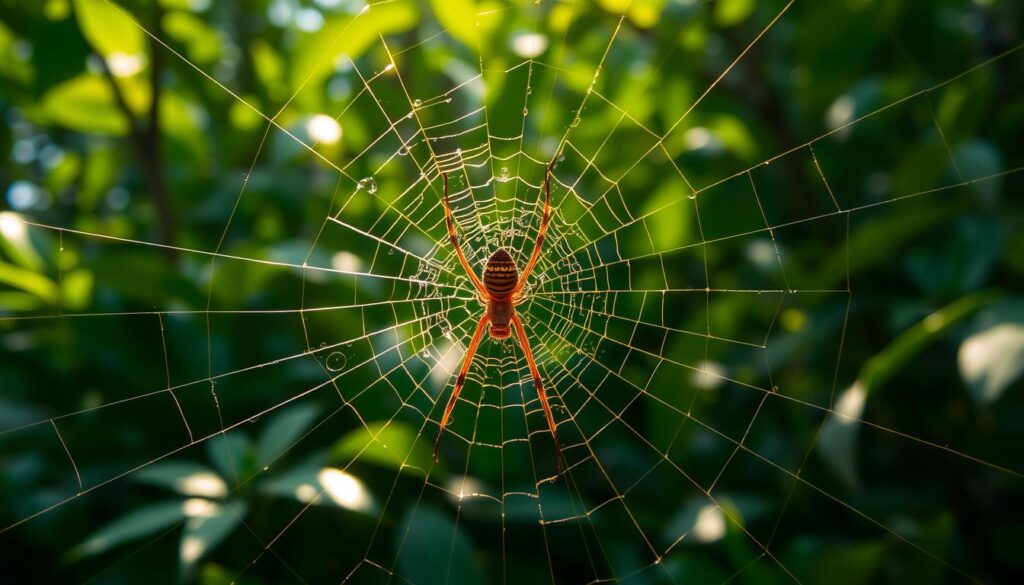
Nephila spiders are experts in web construction and web design. Their webs are incredible feats of engineering. They show the amazing adaptability and strength of these fascinating arachnids.
Montag, 30. September 2024
The Metal Factory is excited to share the latest in metal music. This includes new album releases, artist collaborations, and upcoming events. These updates are sure to thrill music lovers.
Let’s dive into the highlights of the day:
- VIRGIN STEELE celebrates their 40th anniversary with a special reissue. Fans can relive the band’s early days.
- AMETHYST has made a splash with their EP “Rock Knights.” It has sold out multiple times, showing the band’s growing popularity.
- HERIOT caught the metal community’s attention with “Cleansed Existence” in 2020. Fans are eagerly waiting for their next album.
- FIGHTER V has left a mark on the metal genre with their album “Fighter.”
Other news includes THE BLACK DAHLIA MURDER with their new album “Servitude.” WARLUST has released their third album “Sol Invictus In Umbrae Satanae” with Dying Victims. THORIUM is impressing with their Death Metal sound. BONSAI KITTEN has won over audiences with “Let It Burn.”
| Artist | Album/Release | Year |
|---|---|---|
| KOLDBRANN | Fourth album | 2024 |
| GLACIAL TOM | “Stygian Abattoir” | 2023 |
| TUSMØRKE | “Dawn Of Oberon” | 2022 |
| DELVING | Debut album | 2021 |
The Metal Factory is your go-to for music news and album releases in the Metal Factory world. Stay tuned for more updates from the heavy music scene.
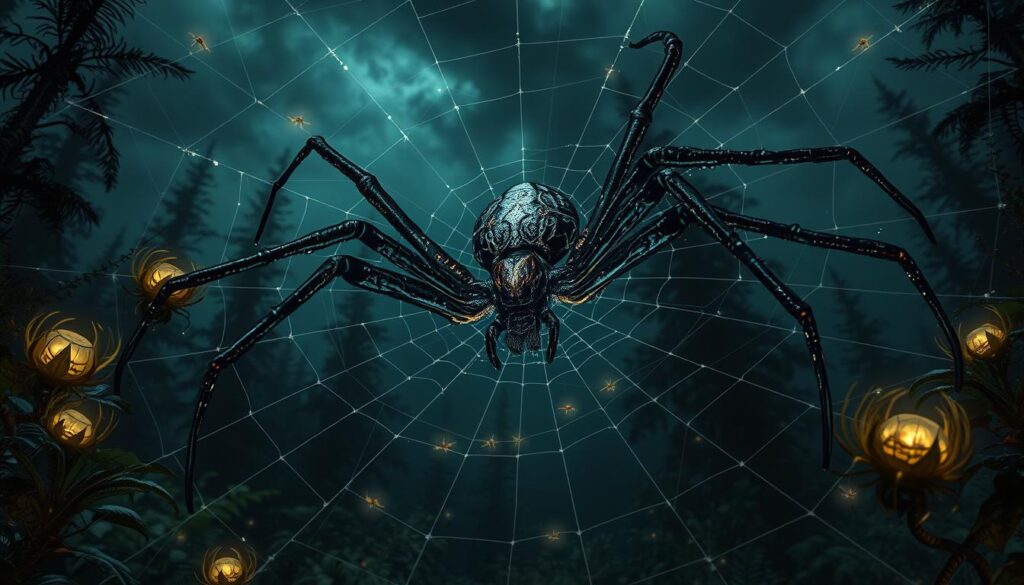
Metal Factory since 1999
Metal Factory has been a go-to for metal music fans since 1999. It’s a leading site for the newest releases and detailed music reviews. Metal Factory is known for its insightful and informative content to its loyal audience.
VIRGIN STEELE – Virgin Steele I (Anniversary Edition)
The latest album release on Metal Factory is the anniversary edition of “Virgin Steele I” by Virgin Steele. This classic album, first out in 1982, has been remastered and re-released. It’s to celebrate its lasting impact in the metal world.
This special edition of “Virgin Steele I” gives fans a chance to experience the band’s early work again. Metal Factory’s review explores the album’s lasting charm, its influential songs, and the band’s big impact on metal.
| Album Title | Artist | Release Year | Genre |
|---|---|---|---|
| Virgin Steele I (Anniversary Edition) | Virgin Steele | 2023 | Hard Rock, Heavy Metal |
Metal Factory keeps up with the changing metal music scene. Its review of the “Virgin Steele I” anniversary edition shows its dedication to detailed coverage of key releases.

Predatory Prowess and Feeding Habits
The Nephila spider is a powerful predator. These spiders are big and have strong fangs. They catch many insects and small animals to eat.
Nephila spiders are great at catching flying insects like moths, butterflies, and dragonflies. They trap them in their huge, detailed webs. Their sharp senses help them feel even the smallest vibrations in their webs. This lets them quickly catch prey.
- Nephila spiders are good at overpowering their prey because of their size and strength.
- They use different ways to hunt, including feeling prey movements through their webs.
- These spiders eat a variety of insects, showing they are flexible hunters.
The Nephila spider is an interesting and important part of the spider world. Its strong hunting skills and varied diet make it stand out.
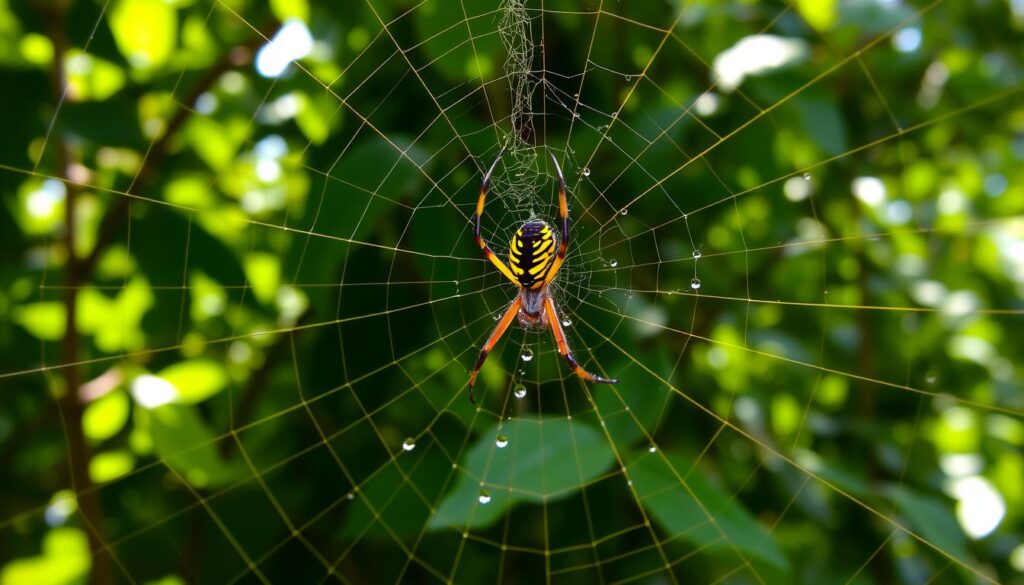
Tropical Habitats and Geographic Distribution
Nephila spiders, also known as “golden silk orb-weavers,” are amazing at living in many places. They can be found in Central and South America, Africa, Asia, and Australia. This shows how well they adapt to different environments.
Adapting to Different Environments
Nephila spiders can change how they build their webs to fit their surroundings. They live in rainforests, savannas, and even cities. This shows their ability to adjust to any place.
- In dense, overgrown habitats, Nephila spiders may construct larger, more intricate webs to capture a broader range of prey.
- In drier, more open environments, they may opt for more compact web designs to withstand stronger winds and environmental stresses.
- Even in urban settings, Nephila spiders have been observed thriving, taking advantage of the diverse insect populations that thrive in human-modified landscapes.
This ability to adapt is a sign of their strong survival skills. It helps them live in many places and play important roles in their ecosystems.
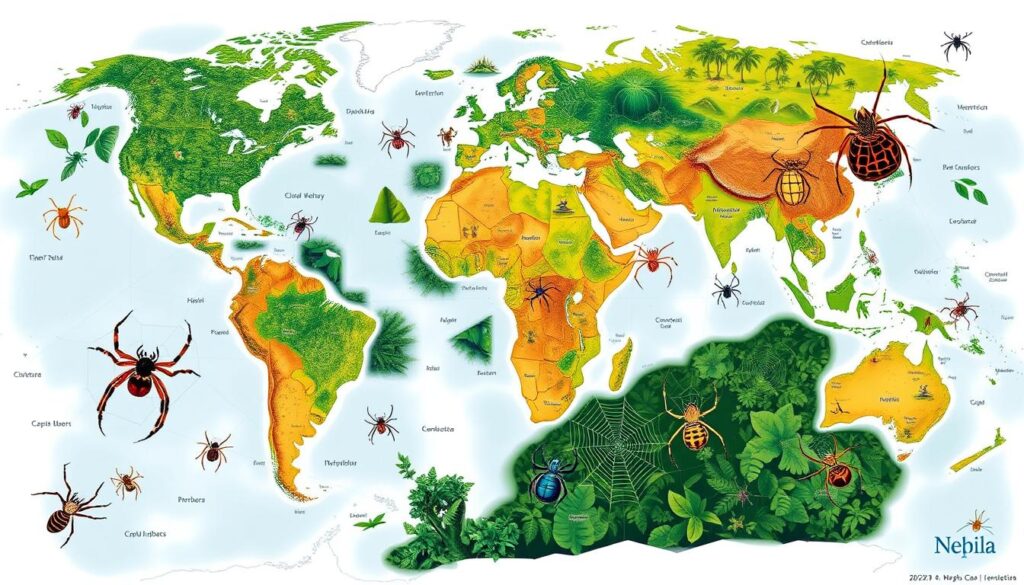
Cultural Significance and Myths
The Nephila spider, known for its amazing web-building, holds great cultural value worldwide. Its golden silk has inspired awe and mystical beliefs. These beliefs show how much people have always been fascinated by these spiders.
In many cultures, the Nephila spider is seen as a symbol of wealth and good fortune. Its golden silk is linked to prosperity and divine power. Myths often portray these spiders as skilled weavers, creating the fabric of the universe or as messengers between worlds.
The Nephila spider’s ability to thrive in many environments adds to its cultural importance. In some places, it represents resilience and the cycle of life. This inspires stories that celebrate the connection between all living things.
Some cultures also link the Nephila spider to patience, perseverance, and hard work. Its endless web-building is seen as a symbol of dedication and the rewards of hard work.
Nephila spiders have also sparked cultural beliefs and superstitions. In some areas, they are seen as signs of good luck or change. In others, they are linked to supernatural forces.
Despite different interpretations, the Nephila spider’s role in myths and folklore is clear. It has deeply influenced human imagination across cultures and time.
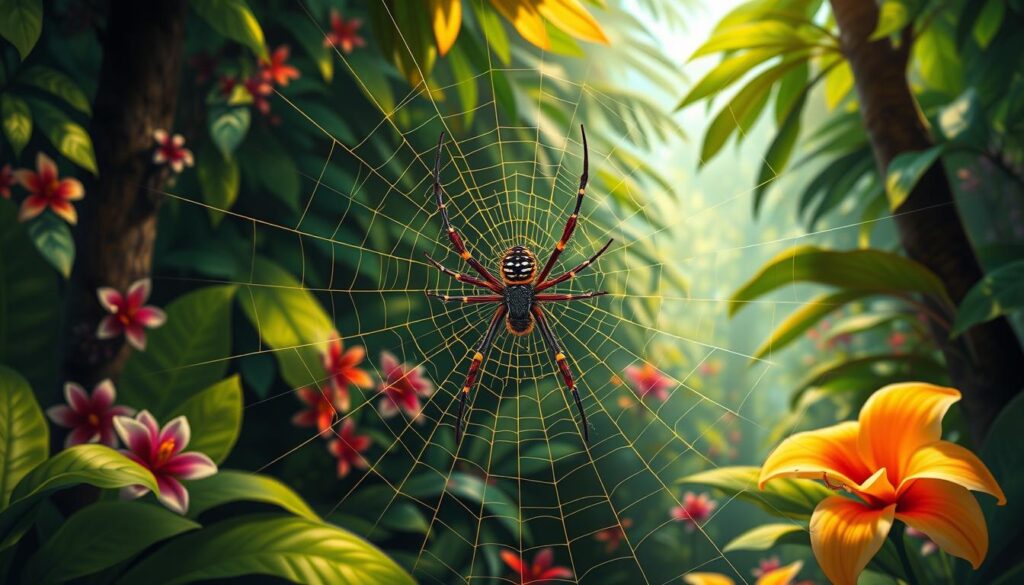
Nephilidae Family: Diversity and Relatives
The Nephilidae family is home to many web-building spiders, including the famous Nephila spiders. This family is not just about the Nephila spiders. It also has many other interesting species, each with its own special traits.
Looking into the Nephilidae family and how Nephila spiders relate to others helps us understand their evolution. This family shows how adaptable and unique web-building spiders can be. From the giant golden silk orb-weavers to the smaller, more hidden species, they all have something special to offer.
Scientists are studying the behavior, mating systems, and how Nephilidae spiders adapt. They look into how early experiences shape their minds, the costs of being smart, and the genetics behind their behaviors. They also study how males choose mates, the social lives of spiders, and how they survive in cities.
By exploring the Nephilidae family and the connections between Nephila spiders and others, we learn more about these amazing arachnids. Their variety and unique abilities keep scientists and nature lovers fascinated.
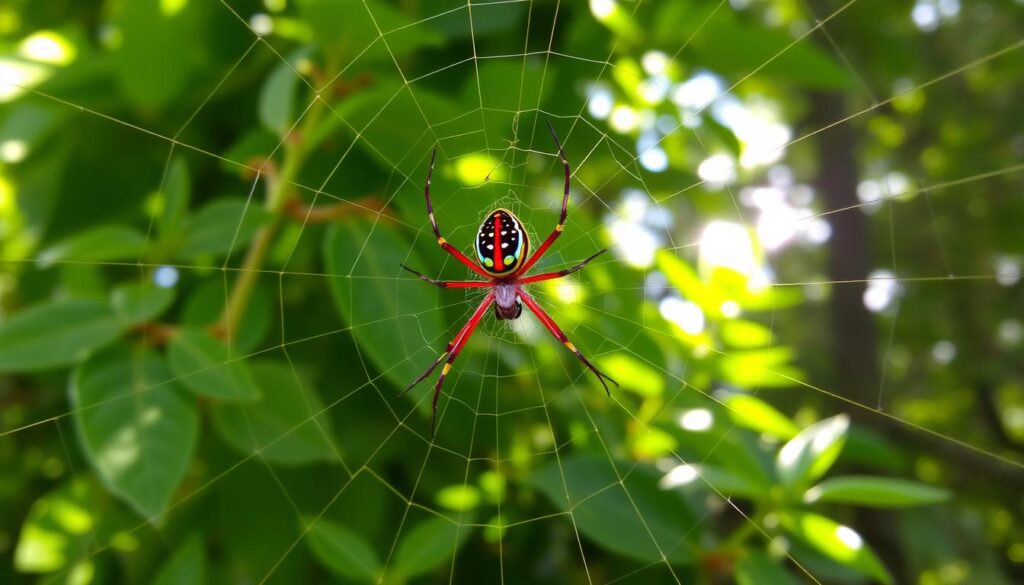
Conservation Efforts and Threats
Nephila spiders are found all over but face many dangers. These include losing their homes, the harm from pesticides, and changes in the weather. But, there are efforts to save these spiders and their homes. By learning about these threats, we can see why it’s crucial to protect their habitats and support conservation.
Efforts to save Nephila spiders include protecting their homes, teaching communities, and studying their numbers. In some places, their homes are being destroyed and the environment is changing. This shows we need to act fast to save them. By working together and raising awareness, we can keep these spiders and their ecosystems healthy.
If you love nature, you can help save Nephila spiders. You can support their habitats, share true facts about them, and join local conservation projects. Your help is key to making sure these spiders and their amazing webs are around for a long time.
